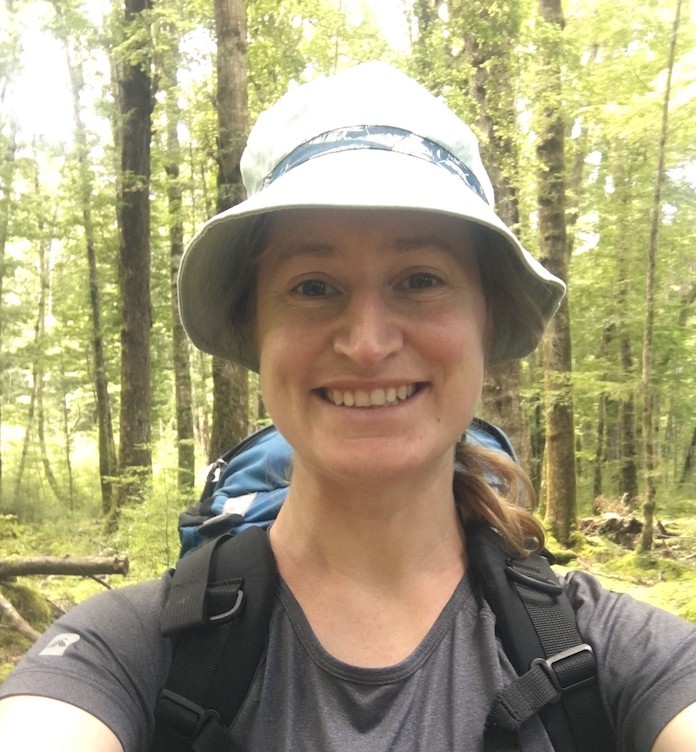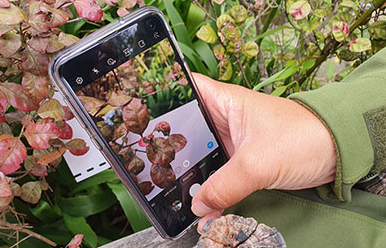Central residents urged ‘Find a Pest’
Anna Robb
07 August 2022, 6:02 PM
 If the Brown Marmorated Stink Bug*, about the size of a 10c piece, gets into New Zealand it would damage stone fruit, grapes, berries and other crops. PHOTO: Supplied
If the Brown Marmorated Stink Bug*, about the size of a 10c piece, gets into New Zealand it would damage stone fruit, grapes, berries and other crops. PHOTO: Supplied Central residents and nature enthusiasts can get sleuthing to do their bit for New Zealand’s biodiversity: It’s as easy as snapping a photograph using the Find a Pest app.
Find a Pest programme coordinator Abigail Evans said her organisation needs the public’s help with general surveillance to report potential insect and fungal pests among plants, pest weeds and a range of animals.
“It’s about noticing what's around you when something is unusual… maybe it's in your job, or your recreation time.
“Even if it’s not a great photo, or you’re not sure if it’s a pest, someone will look at it… there’s no such thing as a silly observation.”
Abbie said observations from members of the public were usually quieter in winter but they’re working towards a target of 30 being sent daily from across Aotearoa.

Abigail Evans, Find a Pest programme coordinator
“Even if you see it all the time and you know it is a pest, send it in as it can help [regional] councils, Ministry of Primary Industries and others with decision making.”
Interestingly, lots of new finds of invasive pests are from the general public, Abbie said.
In Central people can keep an eye out for Nasella Tussock.
Abbie said it has been found in South Canterbury, “just over the border” from Central, and is moving southwards.
“Unfortunately pests don’t respect geological boundaries.”
Nasella Tussock crowds out pasture species, reducing productivity and replacing native species. It can also cause stock to get indigestible balls in their stomachs, leading to weight loss and starvation.
Another one to be aware of is Myrtle Rust. It is also in upper areas of the South Island and Canterbury - and spreading.

Taking a clear photo of Myrtle Rust is one thing people can do to determine how far it has spread in New Zealand. PHOTO: DOC
“We really don’t want it to destroy native myrtles, and other myrtles can be a vector for this fungus.”
Along with other plants, humans can unknowingly spread pests such as fungi around, for example via farm vehicles or motorbikes moving around the countryside.
Abbie said although there are some high profile instances of biosecurity threats (such as Wilding Pines, M. Bovis and Foot and Mouth disease) it is hard to influence and convince people to pay attention as there may not be “an immediate threat”.

An image from Mid Dome, in Southland showing the escalating cost of dealing with wilding pines - 30 per cent every year that control work is delayed. PHOTO: Marlborough District Council
She said it’s best to deal with an invasive pest as early as possible.
“The Queensland fruit fly in Auckland a few years ago… $18M was spent on the response… and they found 14. A real incursion would be worth billions.”
She said getting people to care about bugs is “super hard” but that downloading the free app, signing up, allowing the required permissions was a “low effort and low cost way to be part of the solution”.
“It’s better to send it in than not, and get feedback from us… this will future proof your livelihood and our environment.”
Find a Pest app has been around for four years, and was developed as a collaboration between scientists at Scion and Lincoln University, funded by the Biological Heritage National Science Challenge, regional councils, Biosecurity New Zealand, New Zealand Forest Owners Association, Zespri, and Kiwifruit Vine Health.
For more information see the Find a Pest website.
*Biosecurity NZ’s manager of readiness Dr Cath Duthie said 61 BMSB were caught during the 2021/22 season, mostly associated with imported cargo. For more on this see: MPI’s media release.


